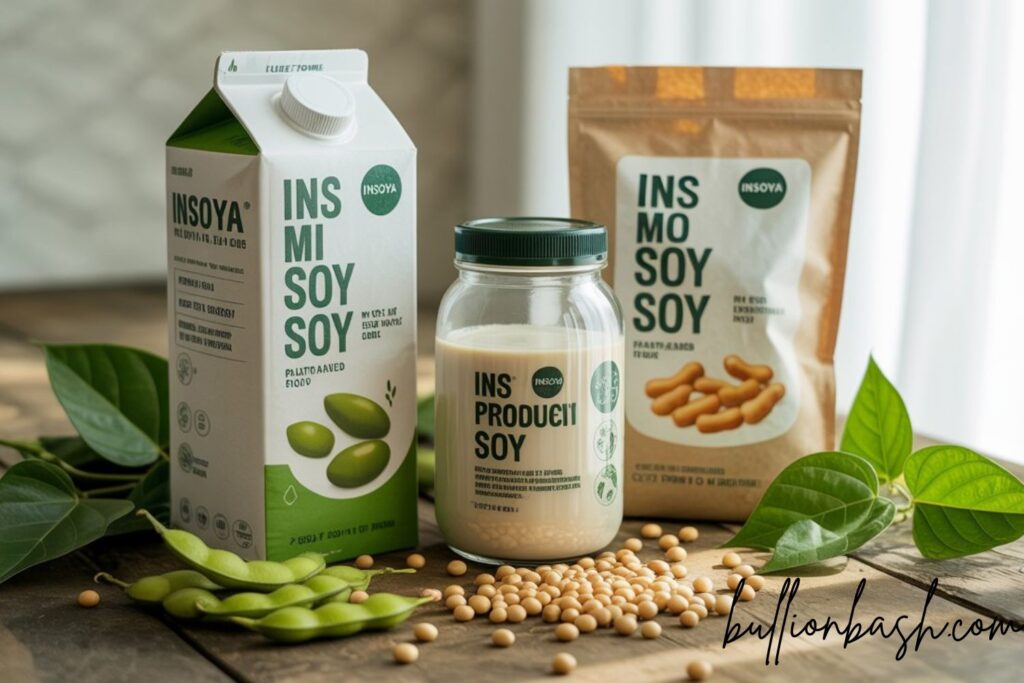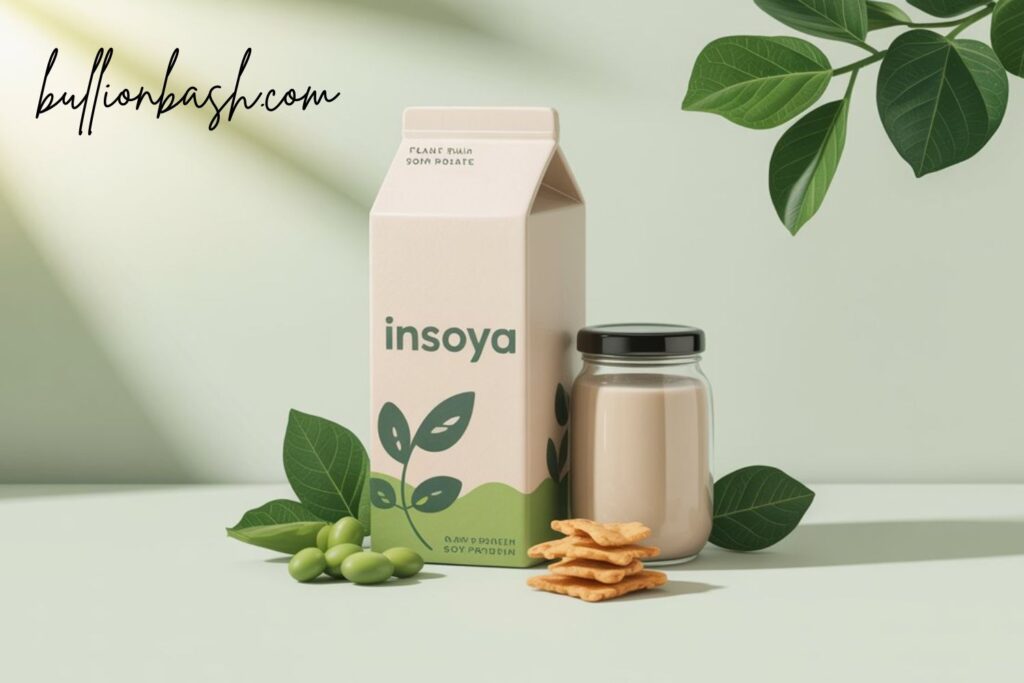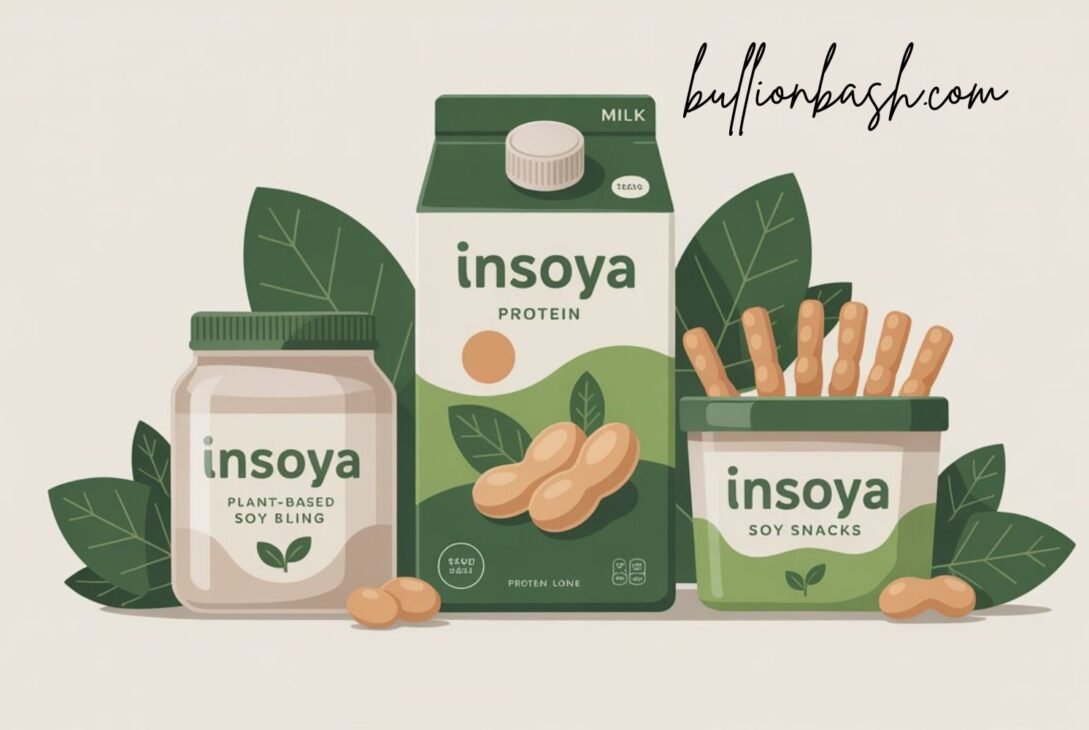If you’ve heard the word insoya and you’re scratching your head, don’t worry. It’s basically connected with soy-based stuff, like food, health, and even home products. People use it in different ways, but most of the time it shows up when talking about soy nutrition or daily life hacks.
What Exactly Is Insoya?
Alright, let’s keep it simple. Insoya is a name linked to soy — the plant that gives us things like tofu, soy milk, and protein powder. Some brands and blogs use it as a way to talk about soy-based products or lifestyles.
Why soy? Well, soybeans are full of plant protein, which means they can help replace meat for folks who want a lighter or healthier diet. Plus, they’ve got fiber, vitamins, and isoflavones (that’s a natural compound linked with heart health and hormones).
So when you see the term “insoya,” just think of it as a short word that points to soy-related living.
Why People Care About Soy These Days
Back in the day, soy was mostly eaten in Asia. But now? It’s everywhere. People add soy milk to coffee, munch on edamame as snacks, and even use soy candles in their living rooms.
Here’s why soy is kinda popular:
- Health benefits: Plant protein helps with muscle repair and general strength.
- Heart support: Soy can help lower cholesterol levels.
- Weight balance: It makes you feel full without stuffing you with heavy calories.
- Eco-friendly: Growing soy takes fewer resources compared to animal farming.
Basically, soy has gone from “that weird bean” to something folks all over the world use every day.
Common Uses of Soy in Daily Life

Insoya
Soy in Food
This is the obvious one. Soy shows up in:
- Tofu
- Soy milk
- Soy protein powders
- Soy sauce (yep, that salty liquid you put on rice)
- Tempeh (fermented soy, pretty tasty once you get used to it)
Soy in Health Products
Because it’s packed with protein, soy often gets turned into shakes, nutrition bars, and supplements. A lot of people who don’t eat meat use soy protein as their main source of daily strength.
Soy in the Home
Here’s something people don’t always think about: soy wax candles. They’re cleaner than paraffin candles and last longer. Plus, they don’t leave black smoke on your walls. Some cleaning products and even paints use soy-based formulas too.
Health Side of Soy: The Good and the Debate
Okay, let’s get real here. Soy isn’t all perfect — but it does have a lot going for it.
The Good Stuff:
- Helps with bone health (thanks to calcium and isoflavones).
- May reduce menopausal symptoms like hot flashes.
- Works well for folks who are lactose intolerant (since soy milk is dairy-free).
The Concerns:
- Some say eating too much soy can mess with hormones.
- If you’re allergic, it’s a no-go.
- Highly processed soy (like fake meats) might not be as healthy as the natural stuff.
So the key is balance. Soy can be great, but like anything else, you don’t want to overdo it.
Quick Comparison: Soy vs Other Plant Proteins
Here’s a table to break it down:
| Protein Source | Good For | Things to Watch Out For |
| Soy | Complete protein, heart-friendly, eco option | Possible hormone effects in high amounts |
| Pea Protein | Gentle on digestion, muscle recovery | Not a complete protein on its own |
| Rice Protein | Hypoallergenic, easy for sensitive folks | Low in lysine (an important amino acid) |
| Hemp Protein | Omega-3 fats, natural source | Can taste earthy, not everyone likes it |
Soy kinda stands out because it’s a complete protein (it has all the amino acids your body needs).
My Own Take on Soy
Here’s the thing. I grew up not eating much soy at all. Then I tried soy milk one day because regular milk was bugging my stomach — and honestly, it wasn’t that bad. Over time, I started adding tofu into stir-fry and sometimes grab soy snacks instead of chips.
Do I eat it every single day? Nope. But when I do, it feels lighter than eating a big piece of chicken or beef. That’s why I think soy is worth a shot if you’re curious.
Middle Point Reminder
So yeah, whether it’s in food, candles, or supplements, the idea of insoya just ties back to soy making its way into our everyday routines.
Tips for Using Soy at Home
If you’re new to soy, here are some easy ways to start:
- Swap regular milk with soy milk in your coffee or cereal.
- Try crispy tofu in place of chicken in a stir fry.
- Snack on roasted edamame instead of chips.
- Light a soy wax candle in your living room (trust me, it smells good and burns clean).
These little swaps can actually make your meals and home feel a bit fresher.
Should You Add More Soy in Your Diet?

insoya
Honestly, that depends. If you’re into healthy eating, want more plant protein, or just want to try something new — soy’s a solid choice. But if you already have allergies or health concerns, it’s always smart to check with a doctor before going heavy on it.
Final Thoughts
At the end of the day, soy is just a bean, but it’s managed to spread into foods, health products, and even home goods. The word insoya is simply another way of pointing toward this whole soy-centered lifestyle. It’s not about being trendy — it’s about finding simple swaps that might work better for your health, your home, and maybe even the planet.
Read More: Blazertje: The Timeless Fashion Piece Everyone Can Style


